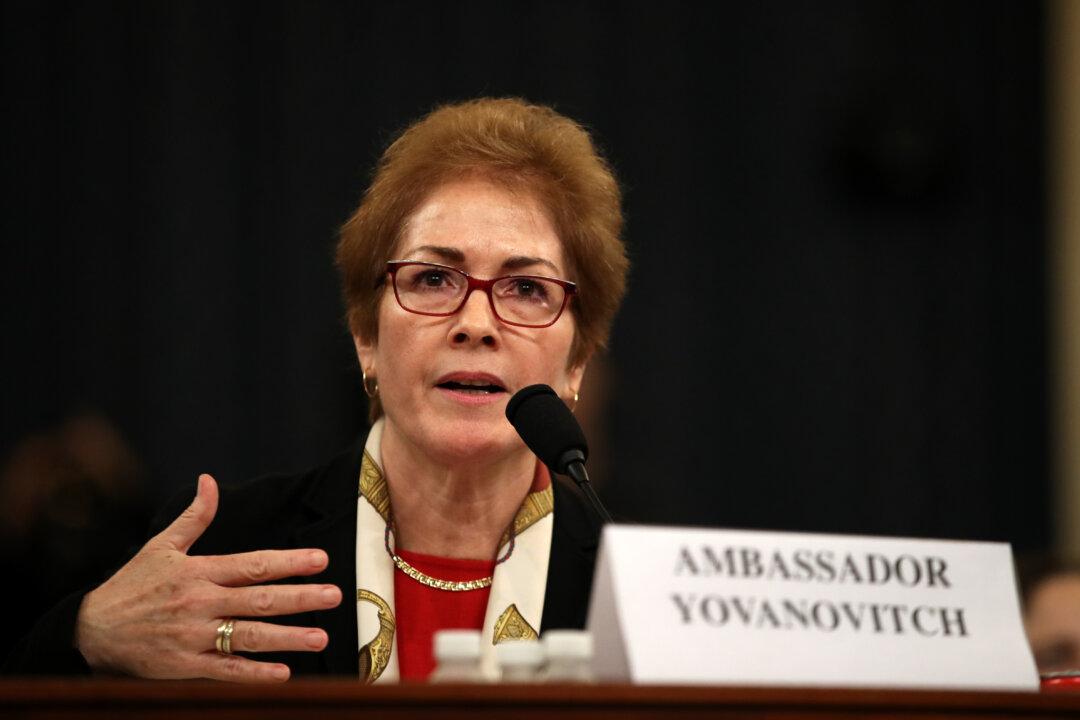WASHINGTON—The average person probably hasn’t heard of an Accountable Care Organization, or ACO as it’s called in the health care world, but that could change if the Centers for Medicare and Medicaid Services (CMS) changes how ACOs are governed.
ACOs are groups of health care providers, such as hospitals or physicians in private practices, that work together to meet certain health care savings and quality care goals for Medicare patients.






